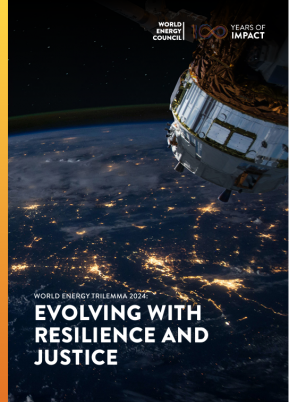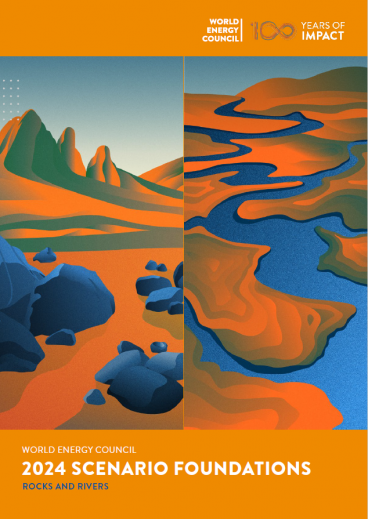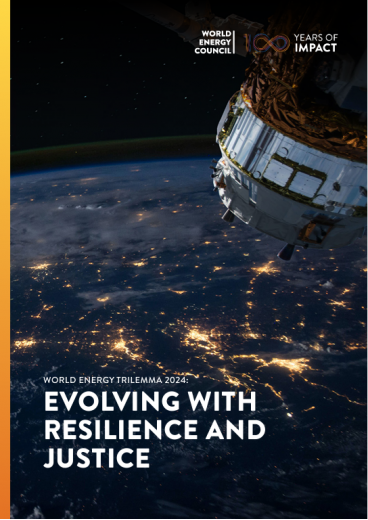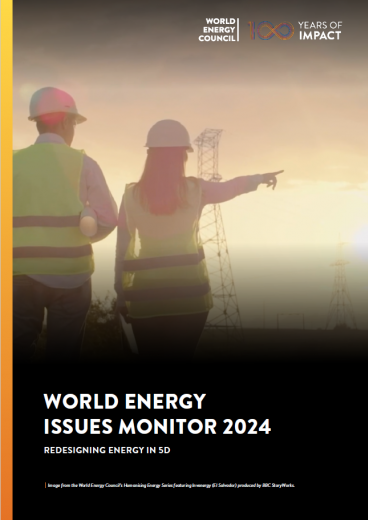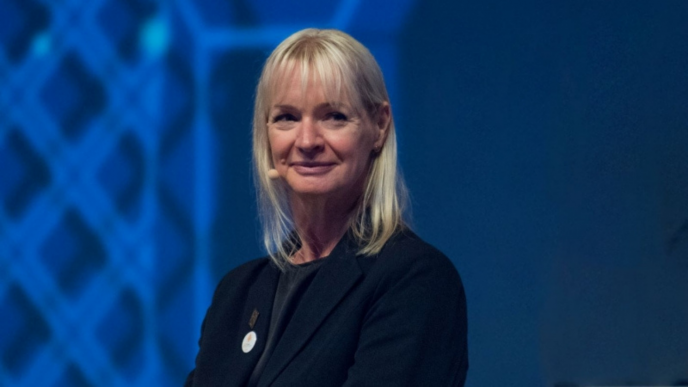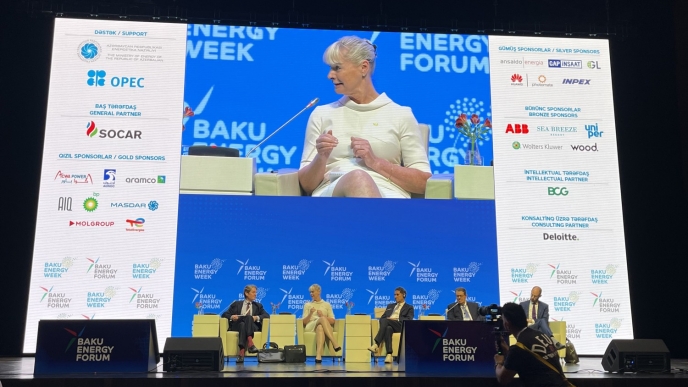ENERGY IN BURKINA FASO
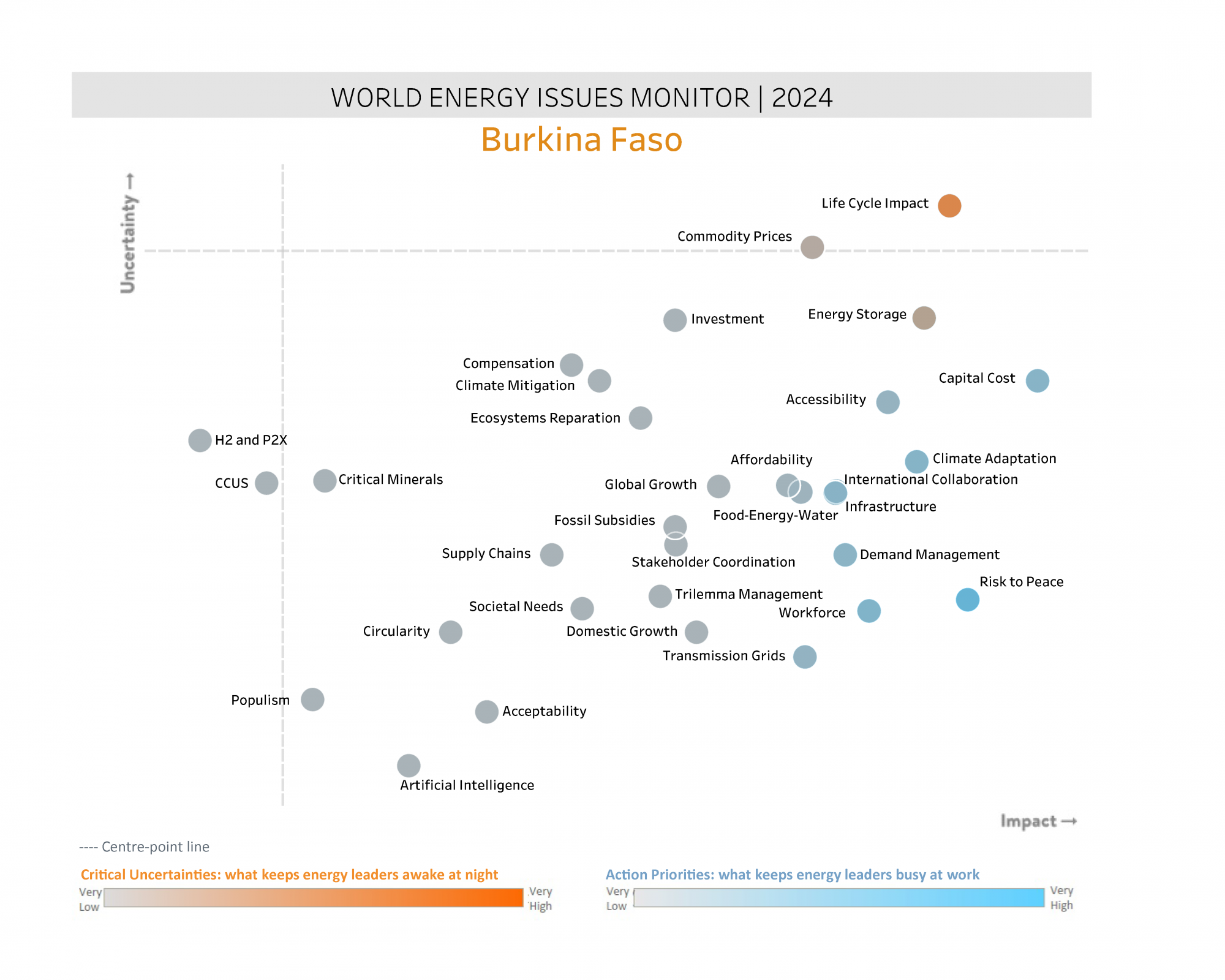
Major changes
Since the last iteration, significant progress has been made with the successive commissioning of new solar power plants in Burkina Faso in 2024, and the continuation of electrification efforts despite the security crisis. The national coverage rate has increased to 50%, compared to a national electrification rate of 25.24% in 2022. The rural electrification rate is now 5.49%, while the urban electrification rate stands at 86.21%. Conversely, after the post-pandemic economic recovery from COVID-19, the Ukrainian crisis emerged in 2022, causing a surge in equipment costs. This led to contractors requesting contract amendments, resulting in cost overruns in project execution. This situation, combined with the security crisis, has hindered efforts to extend the electrical grid, particularly benefiting rural populations. These crises and their consequences have simultaneously diminished hopes of accessing electricity for the population due to internal displacement caused by insecurity, challenging the 7th Sustainable Development Goal (SDG), which aims to ensure access to reliable, sustainable, and modern energy services for all at an affordable cost.
These changes reflect a constantly evolving world, exacerbated by socio-political crises and the resilience needs of the population and public services.
Accelerating country trends over the last 5 years
The national trends prevailing over the past five years and positively accelerating include the rate of access to electricity in rural areas, thanks to the deployment of renewable energy, particularly solar energy. Burkina Faso benefits from daily sunlight of 5.5 KWh/m2 for 3000 to 3500 hours per year, with a uniformly distributed solar resource across the national territory, yielding an average of 1620 KWc. This growth in renewable energy has been facilitated by state subsidies on imported solar equipment and the adoption of new legislation regulating the energy sector, opening it up to competition. Additionally, the development of the national operator’s network has contributed to this trend. Further improvements are expected with the adoption of the National Rural Electrification Strategy (SNER), aiming for a 50% rural electrification rate by 2028.
Conversely, negative trends over the same period include the persistent security crisis, which disrupts electrification projects, sometimes leading to the termination or suspension of contracts even in unaffected areas. Political reasons have caused some donors to withdraw, abandoning previously approved projects. Furthermore, there has been a surge in equipment costs and a shortage of available experts.
Integrating people and communities in the energy transition
Energy is the key to development, underpinning the continent's transition to industrialisation by meeting its primary needs. Consequently, it is essential for emerging countries like Burkina Faso to focus on their natural resource potential and take a leadership role. There is favourable regulation supporting this strategy, and it is crucial for the country to enhance its cooperation with these nations.
Emerging countries must also gradually strengthen their position in climate negotiations, positioning themselves as proactive players in the fight against global warming rather than presenting themselves as resigned victims of international injustice. As the main contributors to greenhouse gas emissions, Western countries must assert their leadership by actively participating in climate efforts.
A snapshot of 2024 results
a) Progressing towards faster, fairer, and more ambitious energy transitions, focusing on scaling up
The electricity transmission network has been identified as a key area requiring urgent attention and action to advance energy transitions in 2024, both globally and in most regions. Serving as the backbone of modern energy systems, multidirectional, integrated, and smart networks with dynamic storage require significant investments, technological innovation, and regulatory frameworks to facilitate the shift towards cleaner, more sustainable, and more resilient energy.
b) Policies and ecosystems enabling transparent, transformational, and reliable transitions
The decentralisation of energy production and management enables consumers to exercise much greater control. Consequently, current policies may become outdated and require reassessment, critical engagement, and collaboration with stakeholders to define practical and proactive policies.
c) Climate risk and resilience
The resilience of regions like Africa, Latin America, and the Caribbean to the effects of climate change may be insufficient, making adaptation increasingly critical as the number of extreme climate events rises and energy, other infrastructure, and value chains suffer negative consequences.
d) Resource allocation, active management, and financial flows
As adaptation becomes a growing priority, differing opinions on its importance for immediate action can be explained by the immediate needs of highly vulnerable regions that require compensation for losses and those regions already strengthening their resilience.
Acknowledgements
Burkina Faso Member Committee
Downloads

Burkina Faso World Energy Issues Monitor 2024 Country Commentary
Download PDF
World Energy Issues Monitor 2024
Download PDF